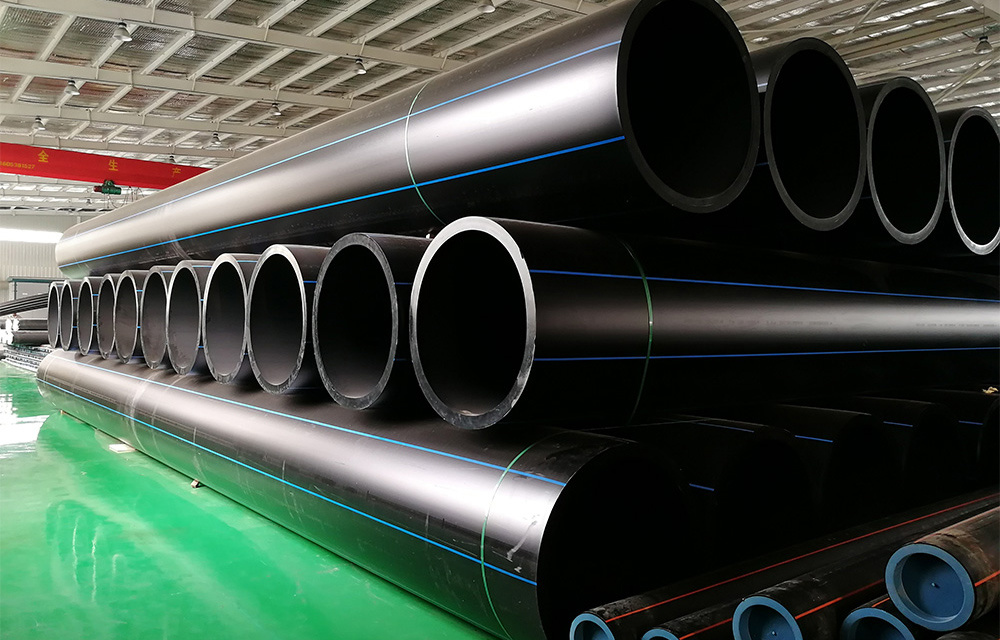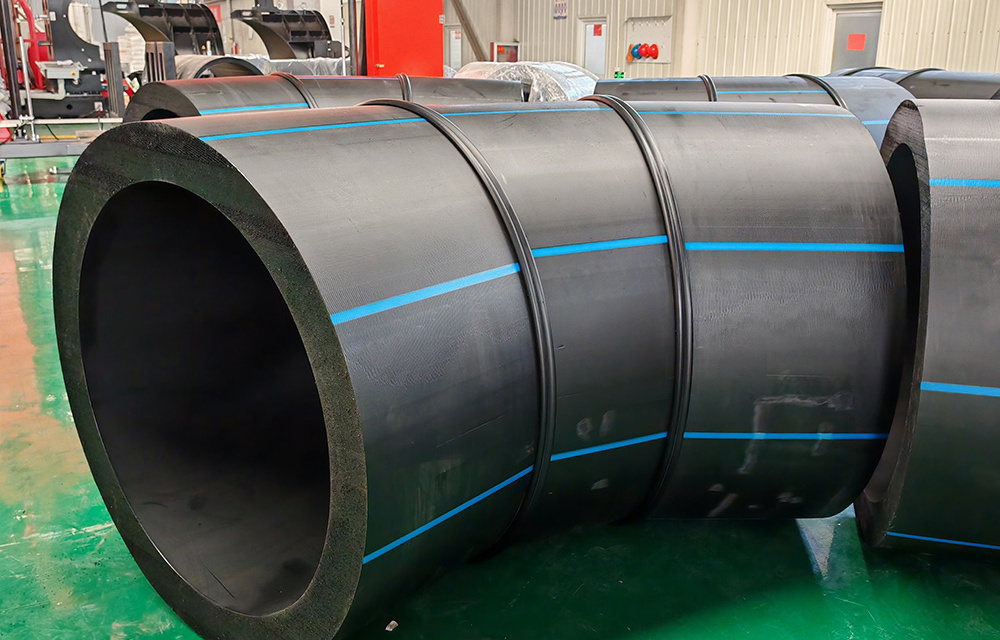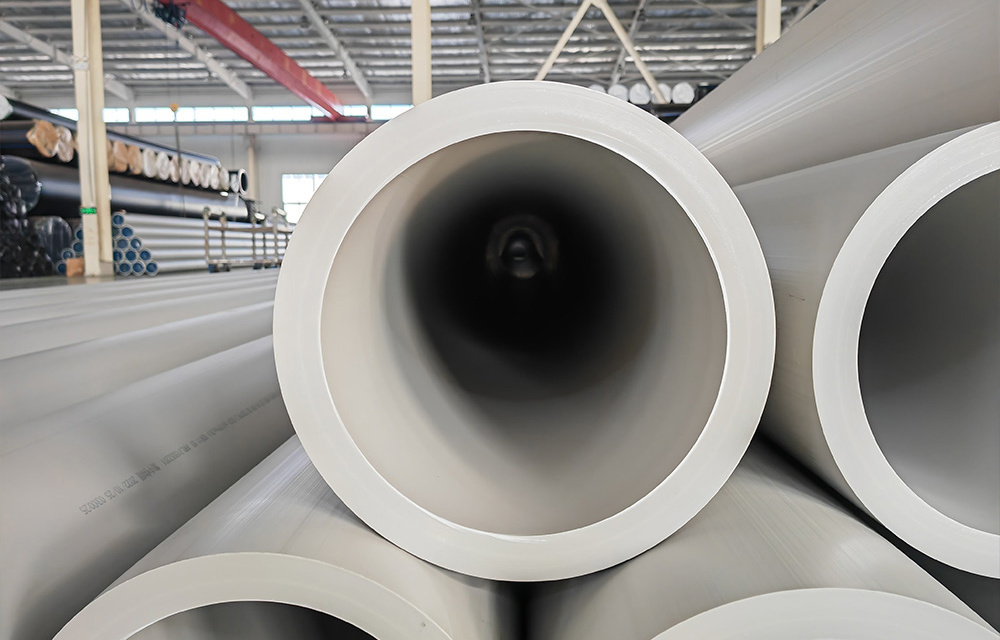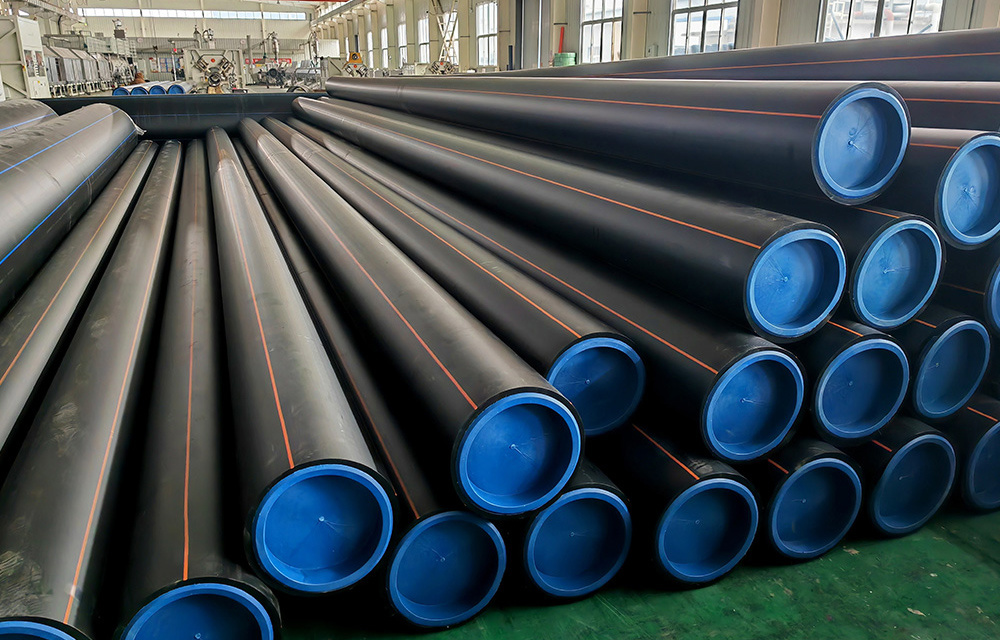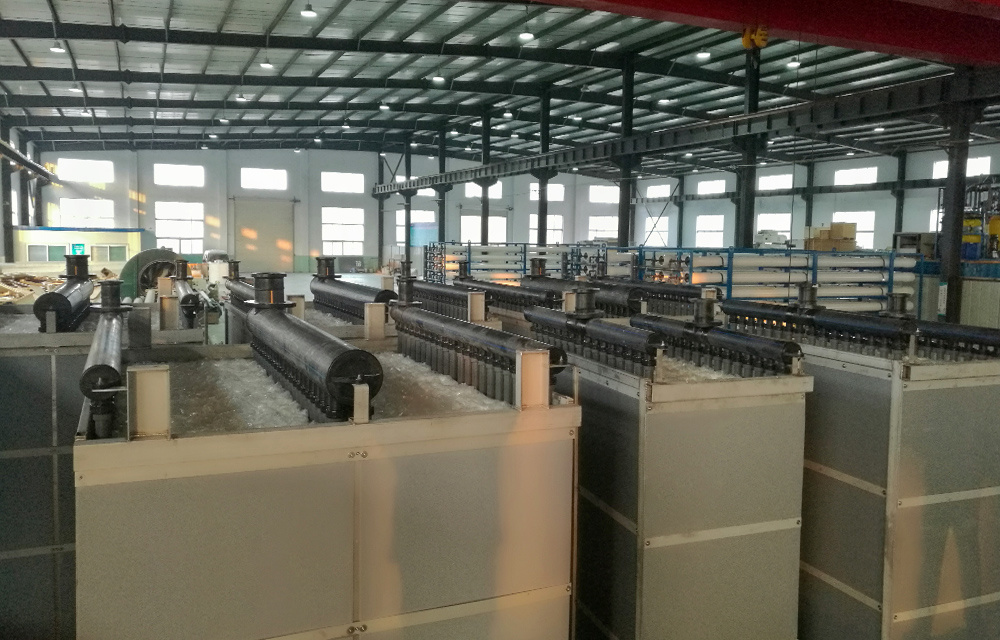13
2025
-
10
Understanding the Numerous Advantages of FRPP Pipe in Contemporary Construction
Understanding the Numerous Advantages of FRPP Pipe in Contemporary Construction Table of Contents 1. Introduction to FRPP Pipe Technology 2. Key Benefits of Using FRPP Pipes in Construction 2.1 Exceptional Durability and Longevity 2.2 Cost-Effectiveness Over Time 2.3 Lightweight Design for Ease of Installation 2.4 Chemical Resistance and Corrosion Prevention 3. Applications of FRPP Pipes in Modern
Understanding the Numerous Advantages of FRPP Pipe in Contemporary Construction
Table of Contents
1. Introduction to FRPP Pipe Technology
2. Key Benefits of Using FRPP Pipes in Construction
2.1 Exceptional Durability and Longevity
2.2 Cost-Effectiveness Over Time
2.3 Lightweight Design for Ease of Installation
2.4 Chemical Resistance and Corrosion Prevention
3. Applications of FRPP Pipes in Modern Building Projects
3.1 Water Supply and Drainage Systems
3.2 Industrial Applications
3.3 HVAC Systems
4. Comparison of FRPP Pipes with Other Pipe Materials
4.1 FRPP vs. PVC
4.2 FRPP vs. Metal Pipes
4.3 FRPP vs. PE Pipes
5. Sustainability and Environmental Impact
6. Installation Techniques and Best Practices
7. Frequently Asked Questions (FAQs)
8. Conclusion
1. Introduction to FRPP Pipe Technology
In the ever-evolving landscape of construction materials, **FRPP pipes** (Fiberglass Reinforced Polypropylene) stand out as a game-changer. These pipes are engineered to combine the benefits of plastic and fiberglass, resulting in a product that boasts remarkable strength, flexibility, and resistance to various environmental factors. As construction demands grow more sophisticated, the advantages offered by FRPP pipes make them an essential choice for builders and engineers.
2. Key Benefits of Using FRPP Pipes in Construction
2.1 Exceptional Durability and Longevity
FRPP pipes are renowned for their **exceptional durability**, which is a critical factor in modern construction. These pipes can withstand high pressure and extreme temperatures without compromising integrity. Additionally, they have a lifespan that often exceeds 50 years, significantly reducing the need for replacements and repairs. This durability translates into long-term savings for construction projects, making FRPP pipes an economical choice.
2.2 Cost-Effectiveness Over Time
While the initial cost of FRPP pipes may be higher than traditional materials, their **cost-effectiveness** becomes apparent in the long run. The longevity and reduced maintenance requirements of FRPP pipes lead to lower overall expenditures. Builders can allocate resources more efficiently, knowing that they are investing in a material that will stand the test of time.
2.3 Lightweight Design for Ease of Installation
The **lightweight design** of FRPP pipes is another significant advantage. Weighing significantly less than metal counterparts, these pipes are easier to transport and install. This feature not only saves time during the construction process but also reduces labor costs, making FRPP pipes a practical option for projects of varying scales.
2.4 Chemical Resistance and Corrosion Prevention
In environments where exposure to harsh chemicals is a concern, FRPP pipes excel due to their **excellent chemical resistance**. Unlike metal pipes that corrode over time, FRPP pipes maintain their structural integrity even when exposed to acids, alkalis, and other corrosive substances. This resistance ensures that systems remain operational, reducing the risk of costly downtime.
3. Applications of FRPP Pipes in Modern Building Projects
FRPP pipes have found extensive applications across various sectors of the construction industry, thanks to their versatility and resilience.
3.1 Water Supply and Drainage Systems
One of the primary uses of FRPP pipes is in **water supply and drainage systems**. Their resistance to clogs and corrosion makes them ideal for transporting potable water and managing wastewater, ensuring a reliable flow in residential and commercial settings.
3.2 Industrial Applications
In industrial settings, FRPP pipes are utilized for transporting chemicals and other materials that require a secure and reliable conduit. Their **ability to withstand harsh conditions** makes them suitable for a wide range of industrial applications, ensuring safety and efficiency.
3.3 HVAC Systems
For heating, ventilation, and air conditioning (HVAC) systems, FRPP pipes offer an efficient solution. Their lightweight nature and excellent thermal insulation properties contribute to energy efficiency in building designs.
4. Comparison of FRPP Pipes with Other Pipe Materials
Understanding how FRPP pipes stack up against other materials can help builders make informed decisions.
4.1 FRPP vs. PVC
While PVC pipes are commonly used due to their affordability, they do not match the chemical resistance and durability of FRPP pipes. FRPP provides a better long-term solution, especially in harsh environments.
4.2 FRPP vs. Metal Pipes
Metal pipes, such as steel or copper, are prone to corrosion and require more maintenance. FRPP pipes are **lightweight** and corrosion-resistant, making them a superior choice for many applications.
4.3 FRPP vs. PE Pipes
Polyethylene (PE) pipes are flexible and easy to install, but they lack the tensile strength that FRPP pipes offer. For projects requiring higher pressure handling, FRPP is often preferred.
5. Sustainability and Environmental Impact
As the construction industry increasingly focuses on sustainability, the environmental impact of materials has become a crucial consideration. FRPP pipes are produced using environmentally friendly processes and are fully recyclable. Their longevity also means fewer resources are wasted on replacements, contributing to a **more sustainable construction approach**.
6. Installation Techniques and Best Practices
To fully leverage the advantages of FRPP pipes, proper installation is essential. Here are some best practices:
1. **Preparation**: Ensure a clean and dry installation area, free of contaminants.
2. **Cutting**: Use appropriate tools to cut pipes to desired lengths while avoiding damage.
3. **Joining**: Employ fusion welding or mechanical fittings for secure joints to prevent leaks.
4. **Testing**: Conduct pressure tests post-installation to confirm integrity and safety.
7. Frequently Asked Questions (FAQs)
Q1: What are FRPP pipes made of?
A1: FRPP pipes are composed of fiberglass-reinforced polypropylene, combining the strength of fiberglass with the versatility of polypropylene.
Q2: How long do FRPP pipes last?
A2: When properly installed, FRPP pipes can last over 50 years, making them a durable choice for various applications.
Q3: Are FRPP pipes suitable for drinking water?
A3: Yes, FRPP pipes are safe for transporting potable water due to their non-toxic composition and resistance to leaching.
Q4: Can FRPP pipes be recycled?
A4: Yes, FRPP pipes are fully recyclable, contributing to environmentally friendly construction practices.
Q5: What temperature range can FRPP pipes withstand?
A5: FRPP pipes can typically handle temperatures ranging from -40°C to +95°C, depending on the application.
8. Conclusion
In conclusion, **FRPP pipes** represent a significant advancement in construction materials, offering unparalleled durability, cost-effectiveness, and versatility. Their lightweight design, resistance to chemicals, and longevity make them an ideal choice for a wide range of applications in modern construction. As the industry continues to adopt innovative materials, FRPP pipes will undoubtedly play a pivotal role in shaping the future of building projects. By understanding and leveraging the benefits of FRPP pipes, construction professionals can enhance their projects and ensure sustainable, efficient, and reliable outcomes.
Next Page


